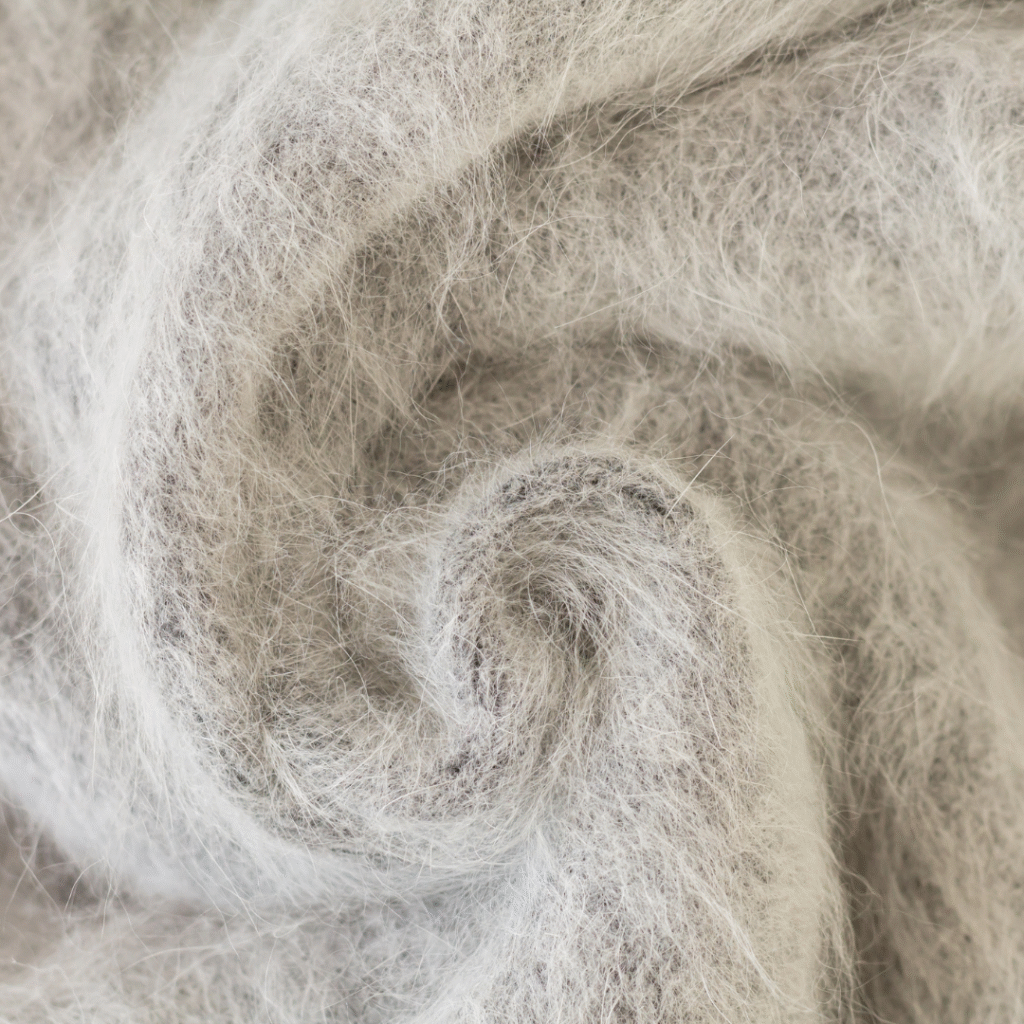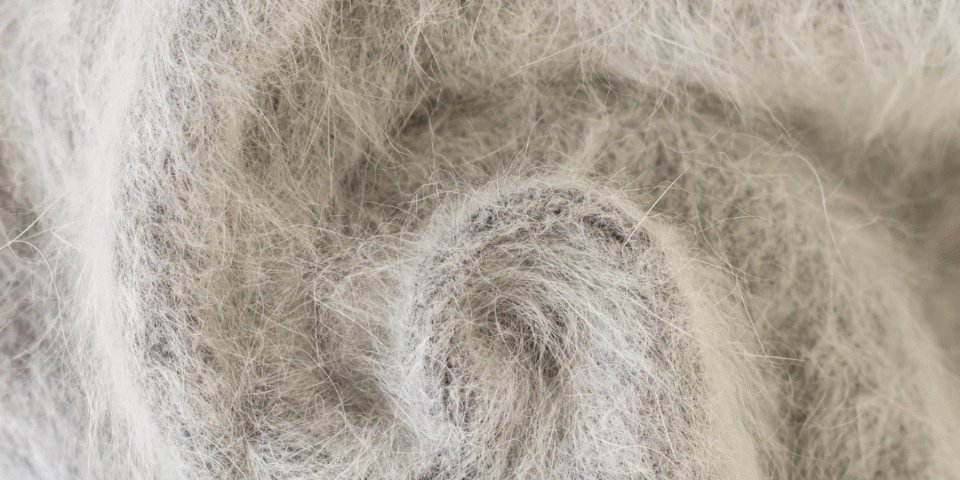mohair mohair: The Ultimate Guide to this Luxurious Fiber
Introduction
Mohair mohair is one of the most prized yarns among knitters and crocheters due to its softness, halo (fluff), warmth, and shine. Mohair mohair garments or accessories are often lightweight yet offer substantial insulation. In this guide, we’ll explore everything you need to know about working with mohair mohair—from fiber origins to project tips to care. Prepare to elevate your crafting with mohair mohair expertise.
What Is Mohair Mohair?
Origins & Fiber
- Mohair comes from the fleece of the Angora goat, distinct from Angora rabbit’s fur. (Vikipedija)
- There are subtypes: kid mohair, from young goats (softer, finer, more expensive), and adult mohair, slightly coarser but more durable. (Little Good Knits)
Unique Properties of Mohair Mohair
- High sheen / natural luster.
- Air pockets in fiber structure → lightweight but warm.
- Halo effect: the fuzzy, soft aura around stitches gives texture.
- Strong, resilient fibers: decent resistance to wear, though can shed and tangle.
Why Choose Mohair Mohair
Using mohair mohair in your projects offers several benefits:
- Lightweight warmth: you get insulation without bulky weight. (Velvet North)
- Visual texture: the halo and sheen elevate simple stitches.
- Blend friendly: pairs well with yarns like silk, wool, acrylic to balance softness, durability, cost.
- Luxurious feel: often used in high-end or statement pieces (shawls, sashes, edges). (Yarn.com)
Choosing Mohair Mohair for Your Projects
Fiber Content & Blend
- Pure mohair: maximum halo and softness, but can be delicate.
- Mohair blends: e.g. mohair + silk gives shine and drape; mohair + wool gives warmth and structure. (Darn Good Yarn)
Weight / Gauge
- Mohair yarn is often lace-weight or light fingering, but held double or over base yarn can mimic heavier weights.
- Gauge swatch is more critical with mohair mohair since the halo can obscure gauge or mask discrepancies.
Needle / Hook Material
- Smooth materials (like bamboo, wood, or polished metal) help avoid snagging.
- Larger hook/needle sizes can allow the halo space to bloom; tighter needles may reduce halo and make fabric look denser.
Working With Mohair Mohair – Techniques & Tips
Handling & Stitches
- Work slowly: pick up dropped stitches carefully; frogging (undoing) is tougher with mohair mohair.
- Keep your tension relaxed to allow the halo to show without making the fabric stiff.
Combining Mohair Mohair with Other Yarns
- Holding a strand of mohair mohair with another, stronger yarn to add fluff without sacrificing structure.
- Use color contrast: mohair mohair in a darker halo over lighter base yarns for glow effects.
Pattern Types That Shine with Mohair Mohair
- Lace shawls, wrap scarves: halo adds dreamy edges.
- Light cardigans / layering pieces.
- Accents: cuffs, yokes, collars, trims.
Care & Maintenance for Mohair Mohair Items
- Washing: hand-wash in lukewarm water with mild wool-friendly soap; avoid agitation.
- Drying: lay flat to dry; reshape gently. Do not wring or twist.
- Storage: keep clean; avoid moths; store in breathable bags.
- Pilling & shedding: expect some initial shedding; brushing lightly may help.

FAQ – Common Questions About Mohair Mohair
Q1: Is mohair mohair suitable for beginners?
A: Yes—with patience. Its halo can hide mistakes, but handling (snags, frogging) is more challenging. Choosing simple stitches helps.
Q2: How many balls of mohair mohair will I need for a sweater/shawl?
A: It depends on pattern and whether you’re holding it alone or in combination. Mohair mohair yardage is often high per skein because it’s lightweight. Always swatch and check pattern yardage recommendations.
Q3: Can mohair mohair be machine washed?
A: Usually, no—most mohair or mohair blends require gentle hand washing. Some blends with synthetics may tolerate machine, but only under gentle cycle and cool water. Always check yarn label.
Q4: Does mohair mohair itch?
A: It can, especially coarser or adult mohair. Kid mohair is softer. Blending with other fibers can reduce itch.
Q5: Will mohair mohair stretch or lose shape?
A: It has some elasticity and resilience, but halo fibers don’t always recover from severe distortion. Proper blocking and storing help maintain shape.
Projects & Inspiration Using Mohair Mohair
- Using mohair mohair to make airy shawls with open lace stitch.
- Layered mohair mohair cardigan, where mohair gives softness on top of durable base body.
- Mohair mohair brim or collar accent in simple sweater to add luxury.
For project ideas, see “Green Mohair Cardigan: A Dreamy Knit For Cozy Days” on Velvet North. (Velvet North) Also, their post 10 Reasons To Love Mohair Yarn: Soft, Warm & Luxurious provides strong inspiration and information. (Velvet North)
Related Resource From Velvet North
If you want multiple perspectives and pattern ideas tied directly to mohair mohair, visit Velvet North’s section Everything Knitting, where articles mixing knit with mohair appear often in relation to pattern design, yarn reviews, and inspiration. For example, the tag Mohair Yarn on Velvet North offers a curated list of posts about working with mohair mohair.
Also, check Velvet North’s 5 Reasons To Knit With Mohair post for advantages and practicalities of using mohair mohair.
Mohair mohair brings a unique blend of softness, lightness, warmth, and visual drama to handcrafts. While it can be more challenging than standard yarns due to its halo, tendency to tangle, and delicate fibers, the rewards are evident in luxurious wearables and textured accessories. With appropriate care, a few smart choices in pattern and technique, and inspiration from Velvet North and other sources, mohair mohair can become a signature element in your crafting skill set.

